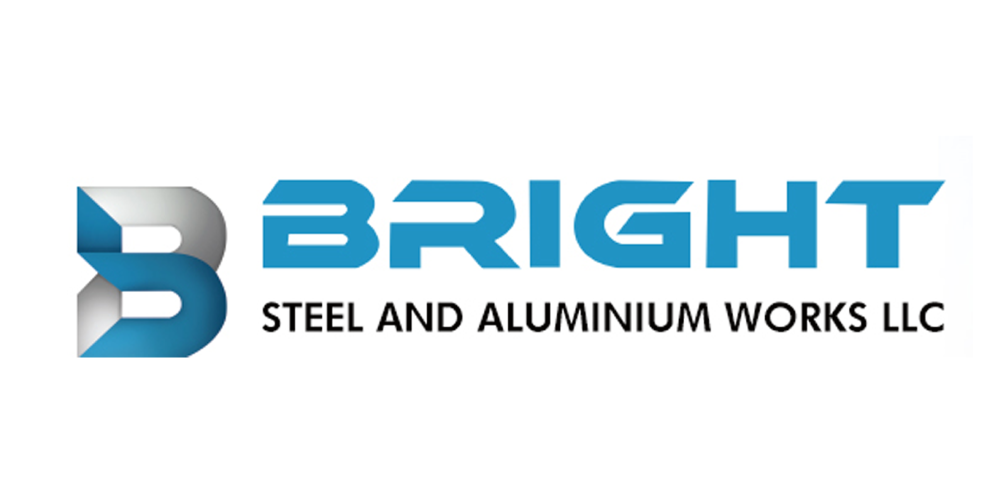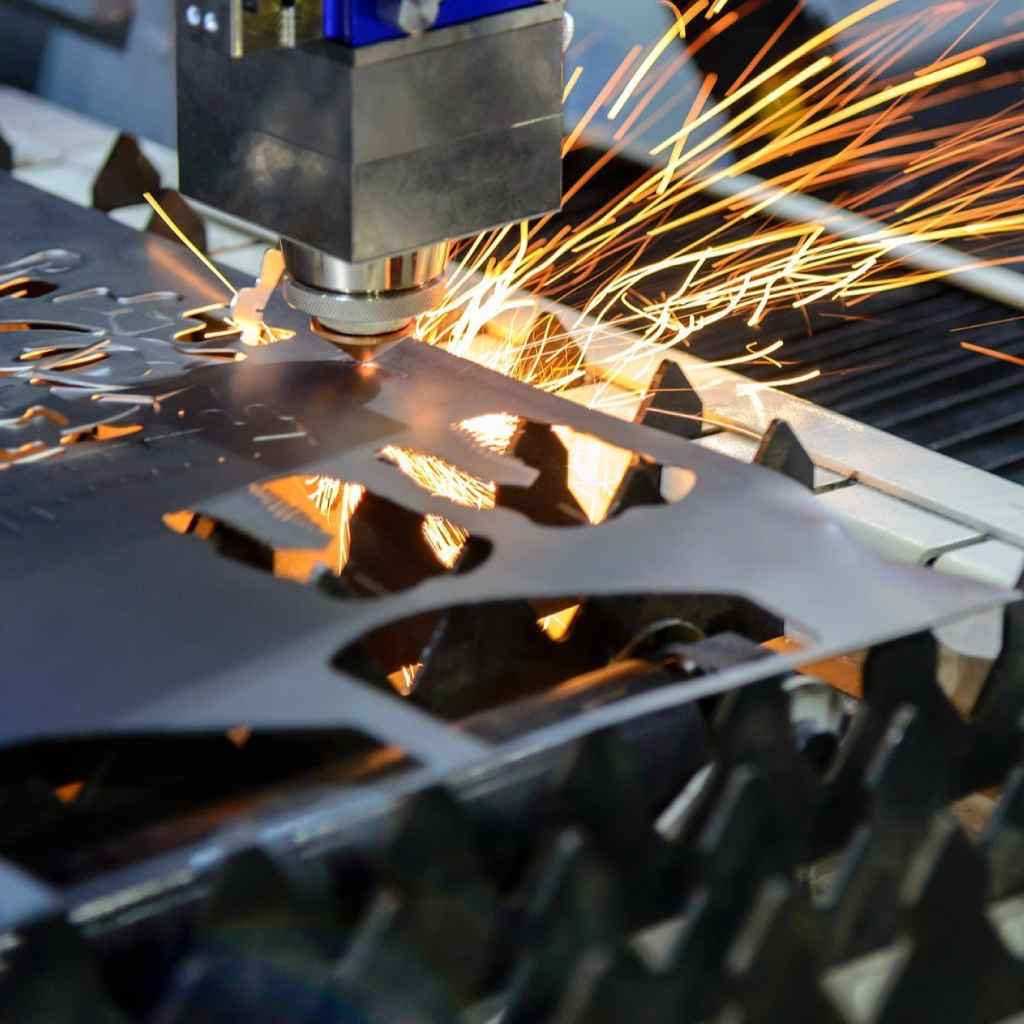Bright Steel And Aluminium Works
Bright Steel And Aluminium Works

Remember when cutting metal meant noise, sparks, and edges that looked like they were chewed rather than cut? Those days aren’t completely gone, but laser cutting has changed the game so dramatically that old-school fabricators barely recognize the industry anymore.
Let’s cut through the marketing fluff and talk about what laser cutting actually delivers in 2025 – the good, the bad, and the technical realities you won’t find in most brochures.

At its core, laser cutting uses a focused beam of light powerful enough to melt, burn, or vaporize material. Sounds simple, right? The reality is far more complex.
The beam itself doesn’t do the cutting – it’s the reaction between the beam and the material that creates the magic. For metals, the laser melts the material while a high-pressure gas jet (usually oxygen or nitrogen) blows the molten metal away. For non-metals like acrylic, the laser actually vaporizes the material.
Different from what most people think, the laser doesn’t slice through like a hot knife through butter. It’s more like a controlled explosion happening thousands of times per second along a programmed path.
Most shops run fiber lasers these days – they’ve pretty much killed off the older CO2 systems for metal cutting. Why? Energy efficiency, maintenance costs, and cutting speed. A 6kW fiber laser chews through 1/4″ steel about three times faster than an equivalent CO2 system.
Precision That Makes Machinists Jealous
Laser cutting services achieve tolerances that were once the exclusive domain of CNC machining. In many applications, we’re talking about +/—0.003″. For context, a human hair is about 0.004″ thick.
This precision isn’t just showing off – it translates to real advantages:
A furniture manufacturer in Dubai recently switched from traditional methods to laser cutting services for their metal frames. Assembly time dropped by 62% simply because parts fit together correctly every time. No more “persuading” parts with hammers and clamps.
Materials: Not All Are Created Equal
The marketing folks love to say lasers cut “everything.” That’s stretching the truth considerably.
Here’s what works beautifully:
Here’s what’s problematic:
One aerospace contractor learned this lesson the hard way when they tried cutting copper-beryllium alloy with their existing laser. The reflectivity caused the beam to bounce back into the cutting head, resulting in $47,000 in damage and three weeks of downtime.
The Economics: Beyond Simple Hourly Rates
Laser cutting services typically charge by the minute or hour of machine time, but focusing solely on those rates misses the bigger picture.
The real cost advantages come from:
Material utilization – Nesting software optimizes part layout, often achieving 80%+ material usage compared to 60-70% with conventional methods. For expensive materials like stainless steel, this alone can justify the higher hourly rates.
Elimination of tooling – Unlike punching or stamping, laser cutting requires no dies or specialized tooling. This removes both upfront costs and lead times, especially valuable for prototyping or short runs.
Reduced secondary operations – Clean cuts often eliminate deburring or edge finishing steps. One electronics housing manufacturer eliminated two finishing steps, reducing labor costs by 23%.
Design flexibility without cost penalties – Cutting a simple square costs essentially the same as cutting an intricate pattern. This liberates designers from “design for manufacturability” constraints that traditionally drive up costs.
A kitchen equipment manufacturer in Sharjah recently compared traditional fabrication versus laser cutting for a new product line. The traditional route required $18,000 in tooling and a 6-week lead time. Laser cutting eliminated tooling costs entirely and delivered first articles in 8 days.
No technology is perfect, and honest fabricators admit laser cutting has limitations:
Heat-affected zones (HAZ): Create metallurgical changes near cut edges. This matters tremendously in high-stress applications or where subsequent welding occurs. The HAZ on 1/4″ steel typically extends about 0.02″ from the cut edge.
Edge quality varies by material thickness: While thin materials get mirror-like edge finishes, thicker cuts show visible striations. Above certain thicknesses, you’ll see noticeable dross (resolidified material) on the bottom edge.
Tolerances degrade with material thickness: That impressive +/- 0.003″ tolerance? That’s for material under 1/8″ thick. By the time you’re cutting 1/2″ plate, you’re looking at more like +/- 0.010″ in real-world conditions.
Machine programming matters enormously: Two identical laser cutters can produce dramatically different results based on parameter selection. Factors like cutting speed, power, focus position, and assist gas pressure must be optimized for each material and thickness
Everyone knows lasers cut sheet metal. But the technology enables applications that weren’t practical before:
Architecture That Defies Convention
The Louvre Abu Dhabi dome features over 7,800 unique geometrical stars creating its “rain of light” effect. Each star required precision that would have been impossible with traditional methods. Laser cutting made this iconic structure possible.
Closer to home, those decorative metal screens appearing on modern buildings throughout Dubai? Laser cut. The technology allows architects to incorporate complex Islamic geometric patterns into functional sun-shading elements.
Medical Advances That Save Lives
Surgical stents for cardiac patients require microscopic precision that only laser cutting can deliver consistently. The difference between a perfectly cut stent and one with microscopic burrs can literally be life or death.
Laser-cut titanium implants with precisely engineered surface textures promote bone integration in ways that weren’t possible with conventional machining. Patients experience faster recovery and better long-term outcomes.
Retail Experiences That Captivate Customers
Luxury retailers now use laser-cut displays that transform store environments. The Louis Vuitton store in Dubai Mall features intricate laser-cut panels that took inspiration from traditional mashrabiya screens while incorporating the brand’s monogram pattern.
These installations would be prohibitively expensive using traditional methods, but laser cutting makes them economically viable even for seasonal display changes.
Among UAE fabricators, Bright Steel has established notable capabilities in precision laser cutting. Their operation combines technical resources with process discipline that delivers consistent results.
Their approach emphasizes several key factors:
They maintain rigorous material traceability systems that track each sheet from receiving through final cutting. This documentation chain proves invaluable for quality-critical applications.
Their programming team optimizes cutting parameters for each material and thickness rather than relying on generic settings. This attention to detail produces superior edge quality and dimensional accuracy.
Their integration of design support services helps clients optimize parts for laser cutting – often identifying modifications that improve quality while reducing costs. This collaborative approach often yields better results than simply cutting whatever files clients provide.
Laser cutting isn’t right for every application. But when properly applied, it transforms manufacturing possibilities through precision, speed, and design freedom that conventional methods can’t match.
For businesses seeking competitive advantages in a challenging market, laser cutting services offer capabilities that directly impact bottom-line results:
Working with specialists like Bright Steel allows businesses to leverage these advantages without capital investment in equipment and expertise. Their technical capabilities and material knowledge translate directly to quality outcomes across diverse applications.
The difference between adequate and exceptional laser cutting often isn’t visible in the parts themselves – it shows up in the overall experience of bringing products to market efficiently, consistently, and profitably.